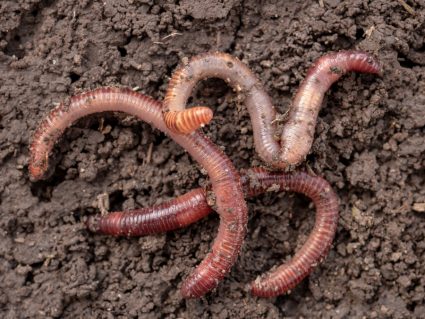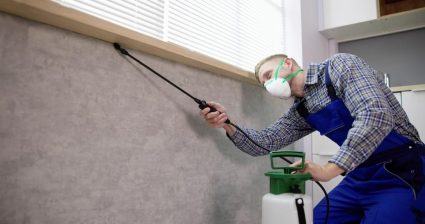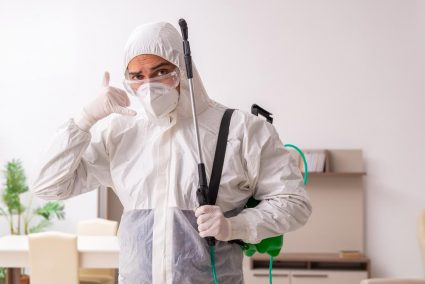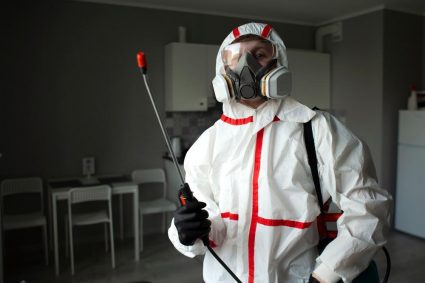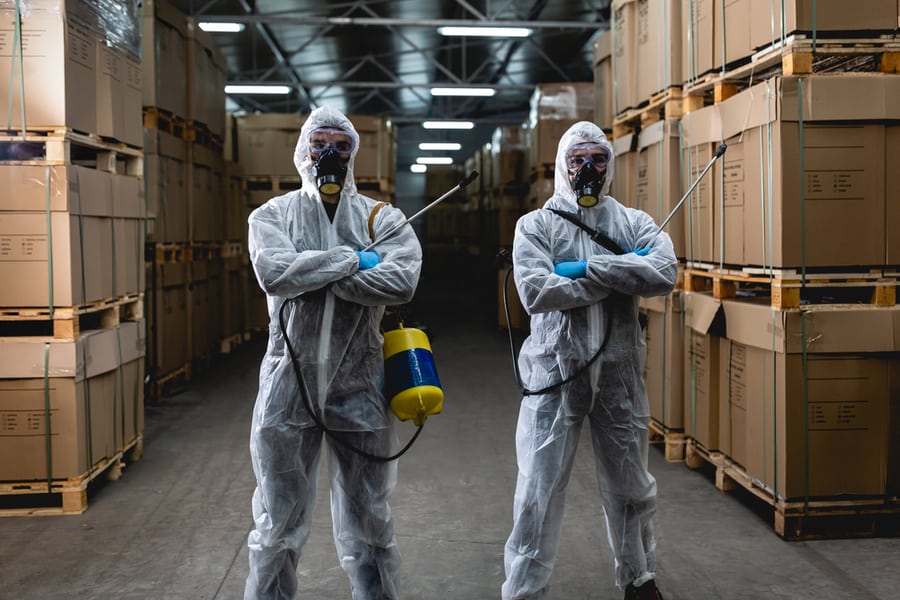
After applying all pest control methods, but don’t find ease. Then it would be best if you tried exterminators pest control spray. But curious about what chemicals exterminators use? Don’t worry; here is the answer to solve all your queries.
Exterminators often use harsh chemicals that can be dangerous to the environment. Some of the most common chemicals they use are Fipronil, Piperonyl Butoxide, Boric Acid, Abamectin, Hydramethylnon, Indoxacarb, Pyrethrin & Pyrethroids.
This article dives into the most common chemicals used in extermination and why they’re so effective. So, let’s get started!
Types of Chemicals Used
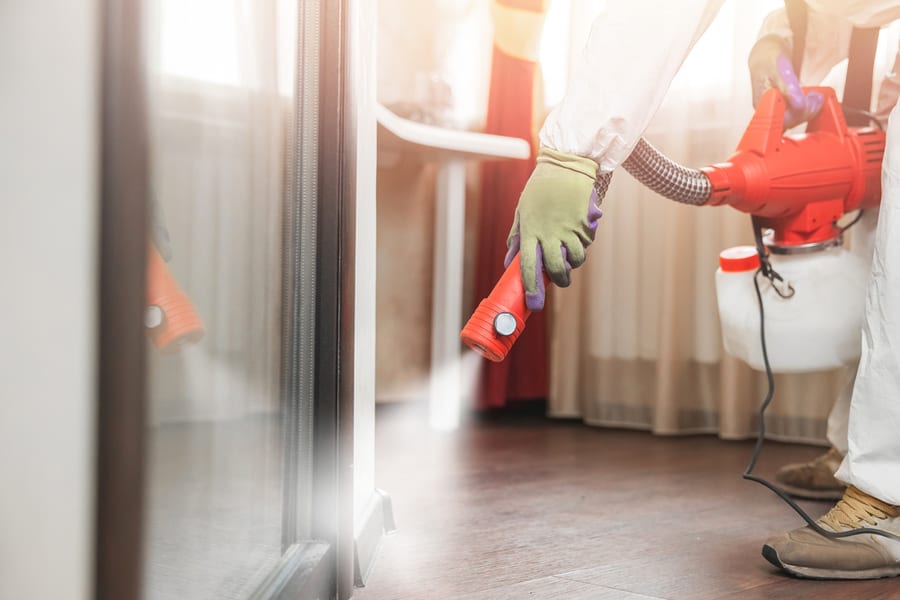
Chemicals are an essential part of the pest control process and are used by exterminators to eradicate infestations of insects, rodents, and other pests.
Some of the most common chemicals used in pest control include:
Pyrethrin & Pyrethroids
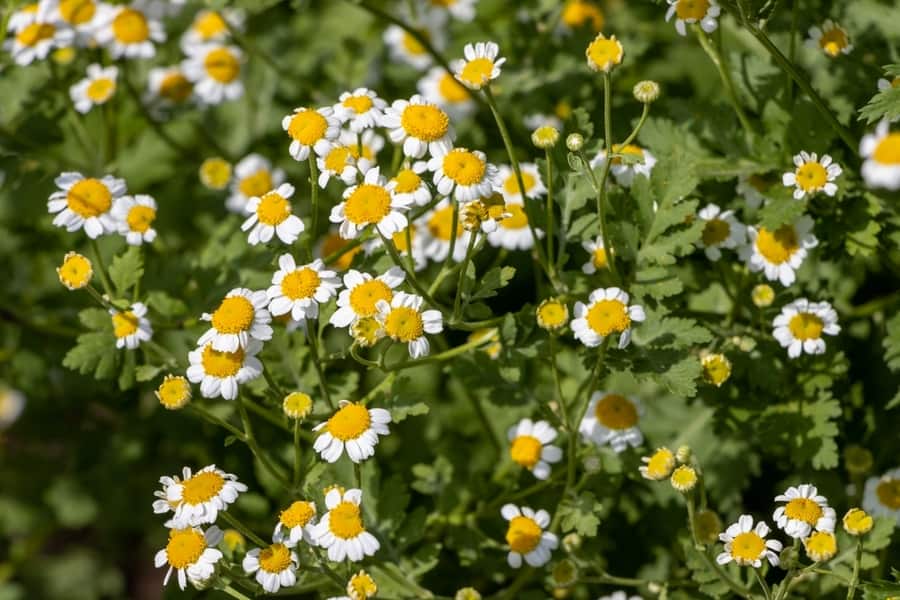
Pyrethrin and pyrethroids are natural pesticides derived from chrysanthemum flowers that are known for effectively killing a wide range of insects, including flies, mosquitos, cockroaches, and beetles.
Working
These chemicals are typically used as a liquid or powder and can be used indoors and outdoors. These chemicals disrupt the nervous system of the pests, rendering them unable to function normally and eventually causing death.
Drawback
While they effectively control pests, pyrethrin and pyrethroids have some drawbacks. For example, these chemicals can often be toxic to other organisms besides insects, such as fish and birds.
Fipronil

Fipronil is another common chemical used by exterminators to kill pests. It is considered one of the most effective chemicals for controlling difficult-to-treat pests like termites and cockroaches and is highly effective against fleas on pets and in the home.
Working
Fipronil interferes with the insect’s central nervous system’s regular operation. This chemical works by blocking the neurotransmitters in insects, which prevents them from moving usually and eventually causes death.
Drawback
Fipronil is considered safe for use around humans and other animals, although it may cause skin irritation or allergic reactions in some individuals.
Abamectin
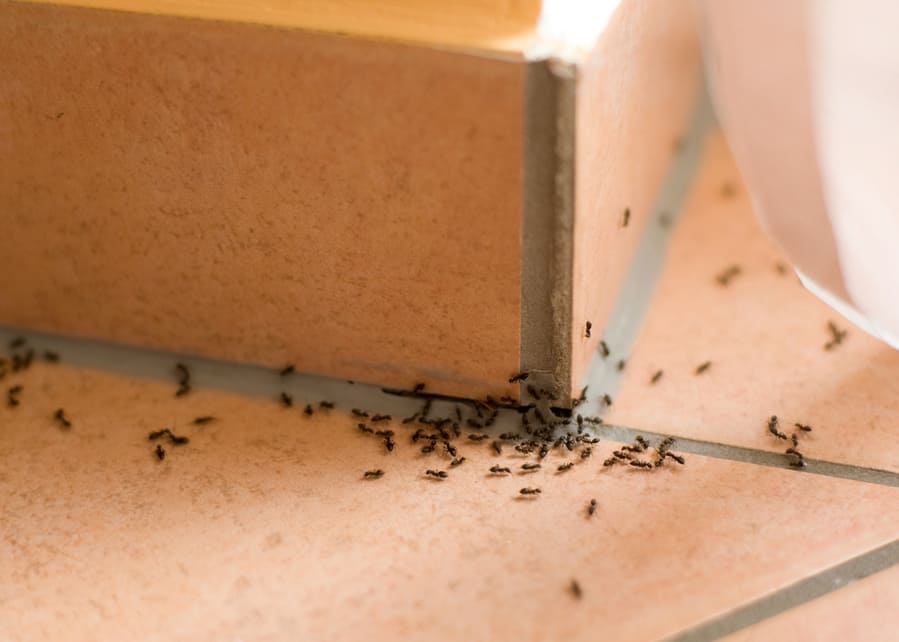
Abamectin is a synthetic chemical compound derived from avermectin. A chemical exterminator uses this chemical to kill harmful pests like termites, ants, and other insects. It is not harmful and can be safe for plants and pets.
Working
It works by inhibiting the neurotransmitter function in an insect’s nervous system, which ultimately disrupts normal functioning and causes death.
Drawback
While abamectin is highly effective at killing unwanted pests, it can also be toxic to some organisms, like beneficial predators and honeybees. Because of this risk, it is typically only used by professionals or in highly controlled settings.
Piperonyl Butoxide

Exterminators use piperonyl butoxide, a chemical well-known for its presence in pesticides and pest-eliminating sprays. This chemical must be mixed with others to be effective; it becomes much more helpful when blended with pyrethrin and similar chemicals.
Working
As an insecticide, piperonyl butoxide disrupts the nervous system of various insects and mites, preventing them from being able to feed and causing death through starvation.
Drawback
Various anemias, hepatic changes, liver injury, and increased metabolic enzymes are caused after inhaling or getting in contact with piperonyl butoxide.
Cyfluthrin
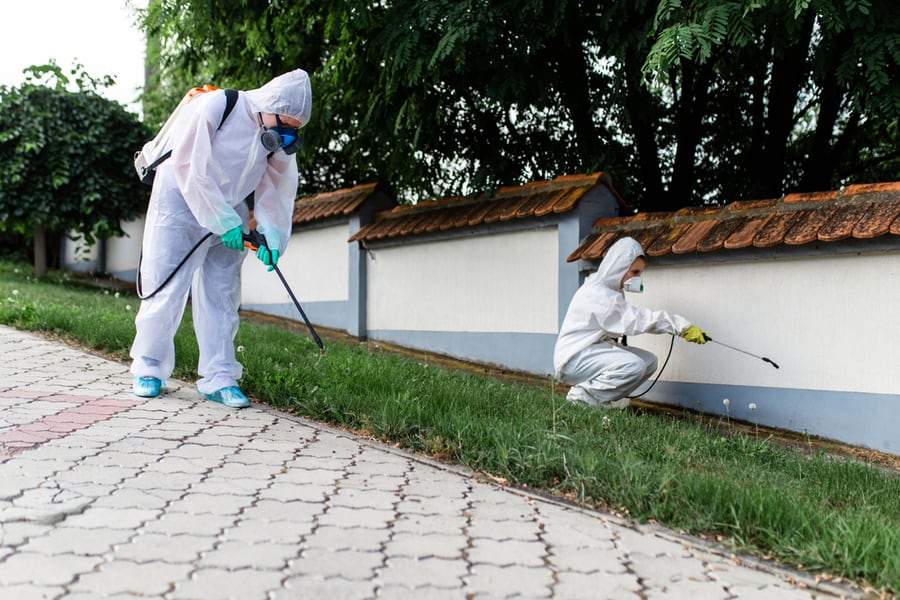
Cyfluthrin is a synthetic pyrethroid pesticide commonly used in outdoor applications to control many insects, including flies, mosquitoes, ticks, roaches, and beetles. It is typically sprayed or fogged in residential areas to reduce the risk of exposure to humans and pets.
Working
Cyfluthrin poisons the insect’s stomach when it comes into touch with it. It produces persistent muscular spasms by damaging the nerves. The bug eventually starves or becomes immobilized.
Drawback
Inhaling cyfluthrin may cause nausea, headaches, and vomiting. It can also damage your garden plants badly.
Indoxacarb
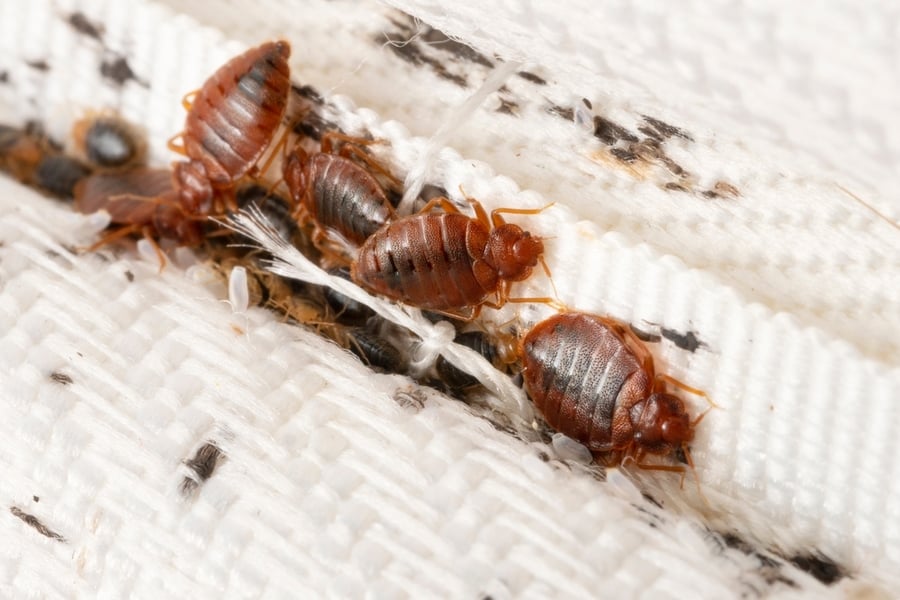
Indoxacarb is a chemical that exterminators have used to kill bed bugs. It is one of the most effective insecticides for killing these pests and can even be effective when other chemicals have failed.
Working
This chemical works well to obstruct the sodium ion pathway in cultured nerve cells. They will lose the function of nerve cells because of it. The bugs or insects will both be paralyzed and die.
Drawback
Although Indoxacarb acts slowly, it is effective. The bug that has consumed Indoxacarb may not die for a few days. However, Indoxacarb also poses some risks to humans if it comes into contact with their skin or is inhaled.
Other Methods To Make DIY Sprays for Pesticides
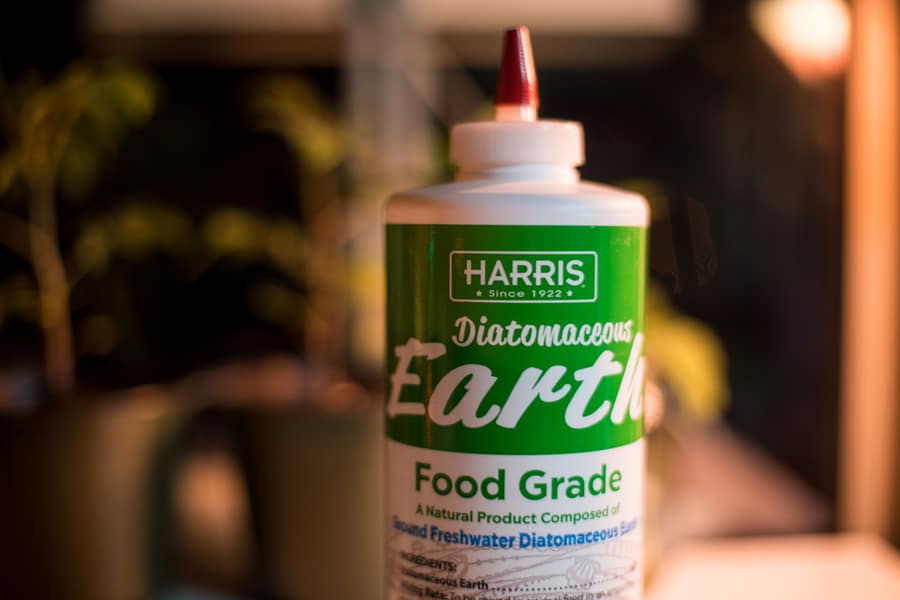
Whether you’re dealing with troublesome aphids or other common garden pests, you can try to control many different DIY pesticide sprays naturally and organically. Some of the famous DIY sprays include:
- Garlic Spray: It can be made by crushing a few garlic cloves and mixing them with water. This mixture is then strained and sprayed directly onto any affected plants or areas in your garden.
- Diatomaceous Earth: It is a naturally occurring substance made from fossilized algae; it can also be used to control pests by sprinkling it liberally on the soil around your plants.
- Soapy Water: This is made simply by mixing dish soap with water. Then sprayed directly onto the pests and will kill them on contact.
- Vegetable Oil Spray: It is another natural pesticide that can be made easily at home using vegetable oil and liquid dish soap.
- Neem Oil Spray: To make this pesticide spray, mix 1-2 tablespoons of Neem oil with water and then spray it onto affected plants.
- Tomato Leaf Spray: Tomato leaves and water are combined in this spray. The spray can repel pests such as aphids, spider mites, and whiteflies.
What Are the Effective Methods for Pest Control?
When it comes to pest control, there are a variety of different methods that can be used depending on the type and severity of the infestation. Some of the most effective ways include:
Physical Pest Control Method
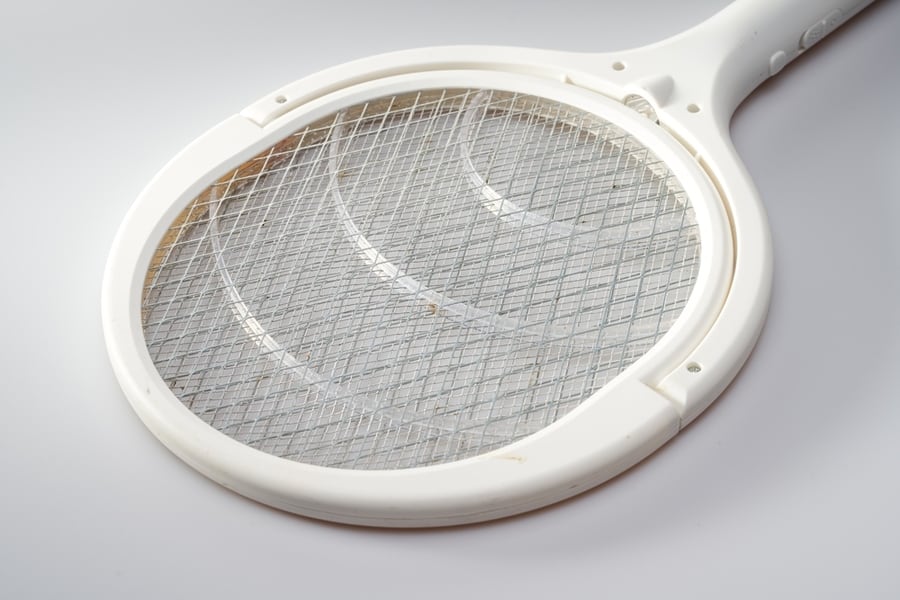
This method involves using various tools or techniques to eliminate pests without chemicals or other substances.
It might include vacuuming bugs or their eggs, sealing cracks and crevices where pests enter your home, and removing items like food or plants that could attract unwanted pests.
Some other methods are Killing, trapping, and removing pests by limiting breeding conditions. It includes field burning, trap cropping, perimeter, and bait traps.
Chemical Pest Control Method
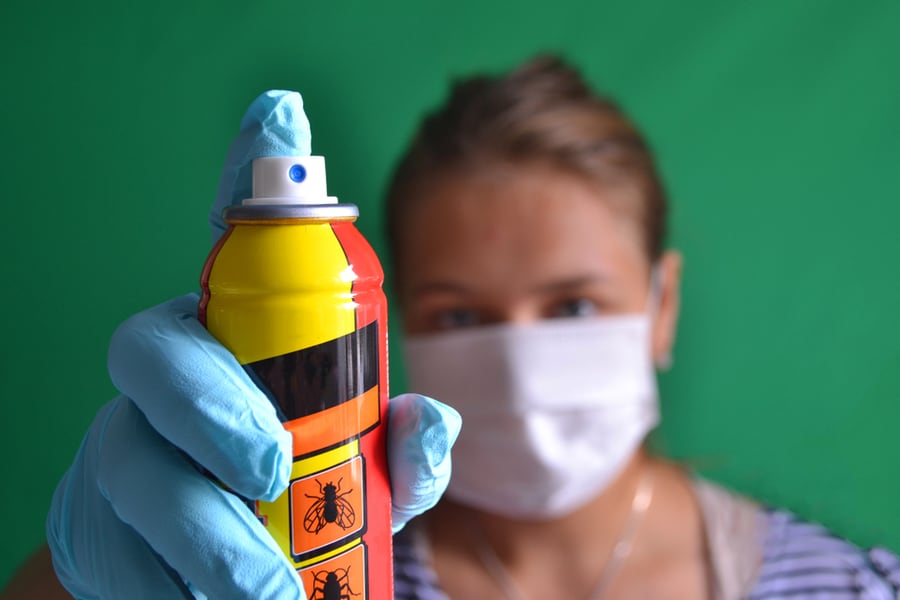
Chemical pest control involves using insecticides or other pesticides to kill off pests in your home or your property. These products can come in various forms, from sprays and aerosols to liquid treatments or baits.
There are many methods of how bugs are affected. Spraying an area with a thin layer of pesticide that can be taken up on their legs and body is typical for crawling insect treatments.
The chemicals will then impact them, and they may carry the harmful substance back to their nest to harm other pests.
In addition to the additional active components in the treatment, pyrethroid often acts as an insect repellent when used in pest control procedures.
This dual-action method gets rid of existing bugs while preventing the entry of new ones into your house.
Biological Pest Control Method
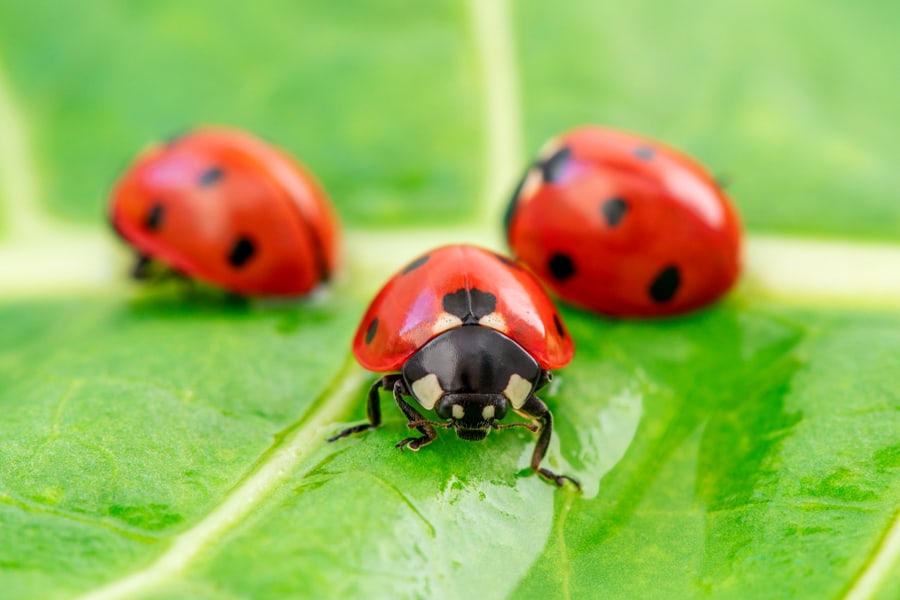
It is done by naturally eradicating pests using living organisms like predators, parasites, or competitors. For example, you might introduce ladybugs into your garden or use nematodes against ant colonies.
While this method is generally considered more environmentally friendly than other pest control methods, it can sometimes take longer for results to become apparent. It may work better in areas with a particularly severe infestation.
Summary
Pest problems have existed for as long as humans have been around, and many homeowners understand the importance of terminating pests, such as mice, rats, cockroaches, and other insects. Chemical extermination is one of the most effective ways to eliminate pests.
You must hire a qualified exterminator who knows how to use these chemicals safely and effectively.
When using chemical pest control products, it’s essential to be cautious and follow all product instructions closely to minimize potential risks to yourself or your family.
Frequently Asked Questions
How Much Does It Cost for Professional Bug Spray?
A single pest treatment visit typically costs between $300 and $550. Because the technician must look into, diagnose, and remedy the issue simultaneously, this fee is typically more than routine visits.
Are These Chemicals Safe for Children and Pets?
Many extermination chemicals are highly toxic to humans and animals, but some exterminators use only the least harmful chemicals to minimize the risk of accidental exposure.



